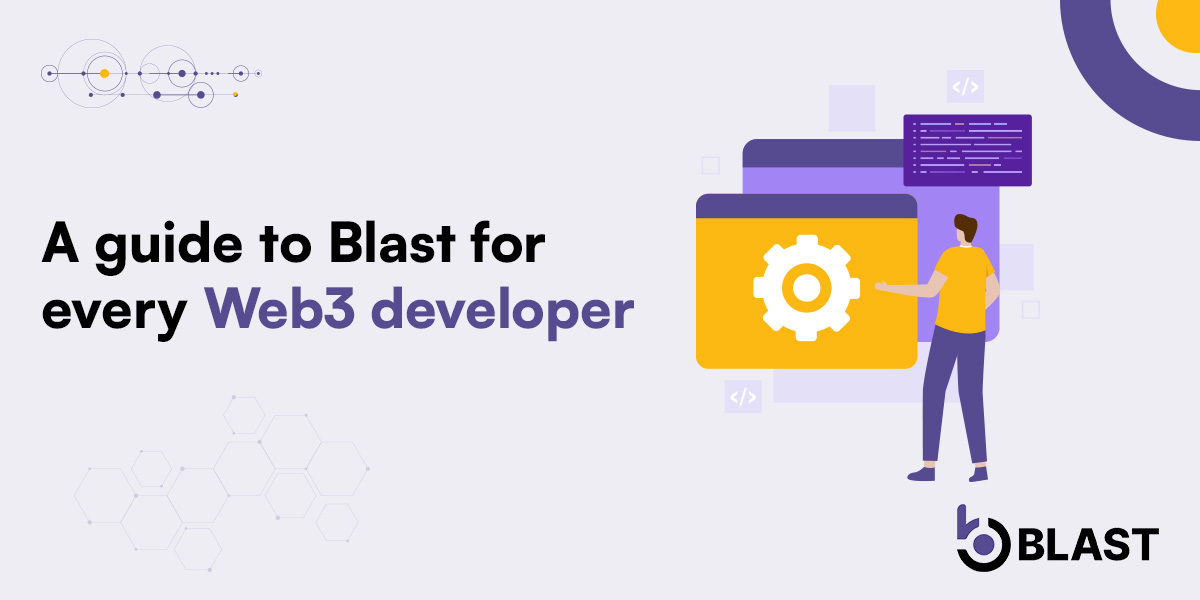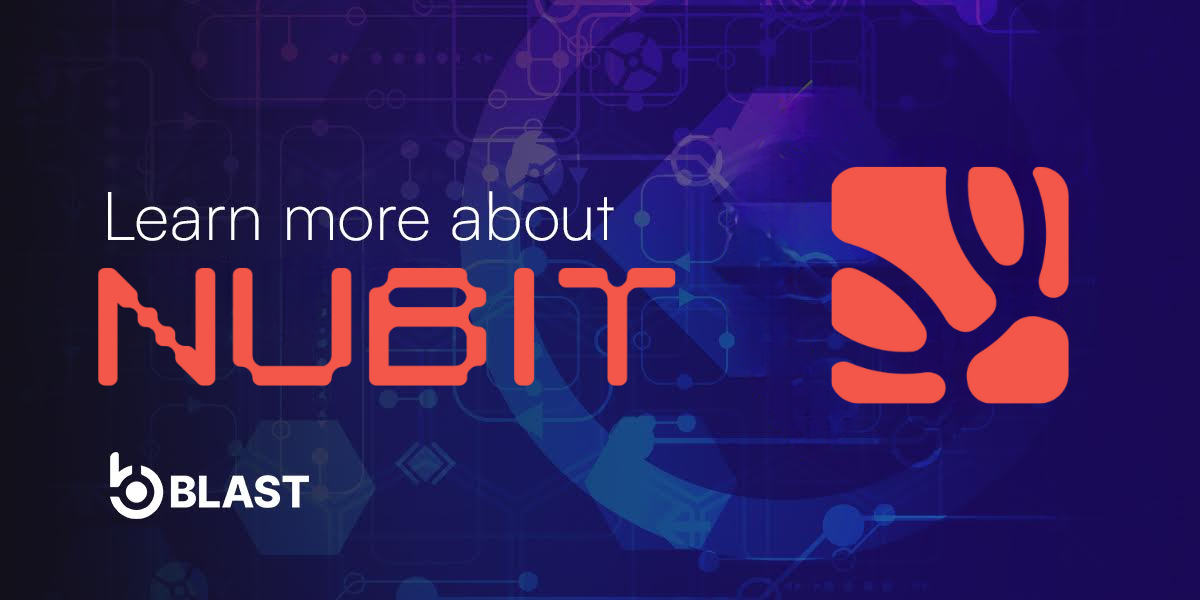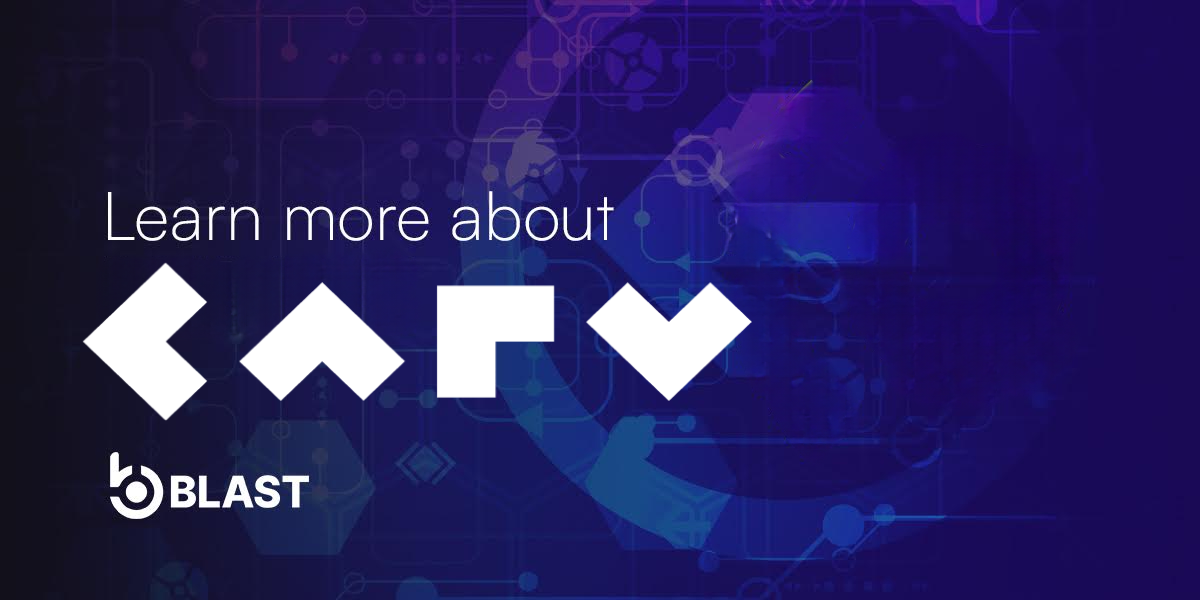
A Guide to Blast for Web3 Builders: Embracing Decentralized Infrastructure
Blast Team
As the blockchain landscape is growing, we’ve seen first-hand how important decentralization infrastructure is for Web3. With censorship, centralized decision-making, and non-transparent finances, crypto has been getting a bad name in recent years. We cannot forget the roots of blockchain philosophy – decentralization not only promotes security, trust, and transparency, but it also helps to ensure the resilience and robustness of applications.
At Bware, we are bringing decentralized infrastructure to Web3 developers. We aim to make it easy and familiar for developers to build applications that are decentralized from the bottom-up. In this article, we’ll introduce you to Blast – decentralized node infrastructure, a developer API, and an SDK that enables developers to build scalable, seamless, and decentralized dApps on 22 blockchain networks.
Decentralized node network
The core of Blast is its permissionless node infrastructure. Blast allows anyone to sign up as a node provider, creating a distributed network of nodes that developers can access. When a developer uses Blast, their requests are automatically routed to the most suitable node on the network based on factors such as geographic location and performance. This decentralized approach ensures that the core infrastructure for building dApps cannot be easily taken down or geographically censored, which unfortunately cannot be said for centralized node providers.
By leveraging Blast’s decentralized node infrastructure, developers can enjoy several key benefits. First and foremost, it promotes a more secure and resilient infrastructure, as it is less vulnerable to single points of failure. Additionally, the decentralized nature of the node provider ensures that developers have access to a diverse range of nodes, resulting in improved performance and reliability for their dApps.
As our mission is to make decentralized infrastructure as easy to use as our centralized friends, we’ve built a dashboard to help you explore the usage statistics of your dApp on various chains.

Blast API
The Blast API utilizes the power of our decentralized infrastructure and was designed to provide a seamless, multi-chain API experience for Web3 developers. This powerful API supports 22 blockchain networks such as Ethereum, Binance Smart Chain, Sui, Arbitrum, and more. It enables developers to access RPC method calls and query blockchain information efficiently and effectively, using familiar methods like eth_blockNumber, and eth_subscribe, on top of other calls on non-EVM chains like sui_getObject.
One of the main advantages of Blast API is its user-friendly approach to multi-chain support. While there are other awesome projects offering similar functionality, we have built Blast to bridge a familiar developer experience onto other networks. This allows developers to focus on building their dApps on multiple chains without the need to worry about complex API calls.
Blast SDK
The Blast SDK is a multi-chain and decentralized SDK meant to further simplify the development process for Web3 builders. It acts as a wrapper on Web3.js and provides additional benefits that enhance the developer experience.

The SDK is built on our decentralized node network, ensuring unmatched response times. You can check out our real-time latency times compared to other node providers here. The Blast SDK also incorporates multi-chain support to enable developers to seamlessly interact with various blockchain networks without having to manage multiple SDKs or APIs. The additional automatic request back-off feature helps prevent overloading nodes with requests for optimal performance.
Get started in less than 5 minutes
To implement Blast and start benefiting from the decentralized and speedy infrastructure, just log in to Blast with your Metmask or WalletConnect account and create a new application. You’ll immediately have access to your endpoints and dashboard. Blast offers one of the best free tiers in the industry with up to 12,000,000 API calls per month for free, so you can start exploring today without worrying about cost.
You can also explore the capabilities of the Blast API from your dashboard by activating an endpoint and selecting it in the playground.

To keep up to date with the Blast API and how we’re continuing to build towards a more decentralized future, join us on Discord!


